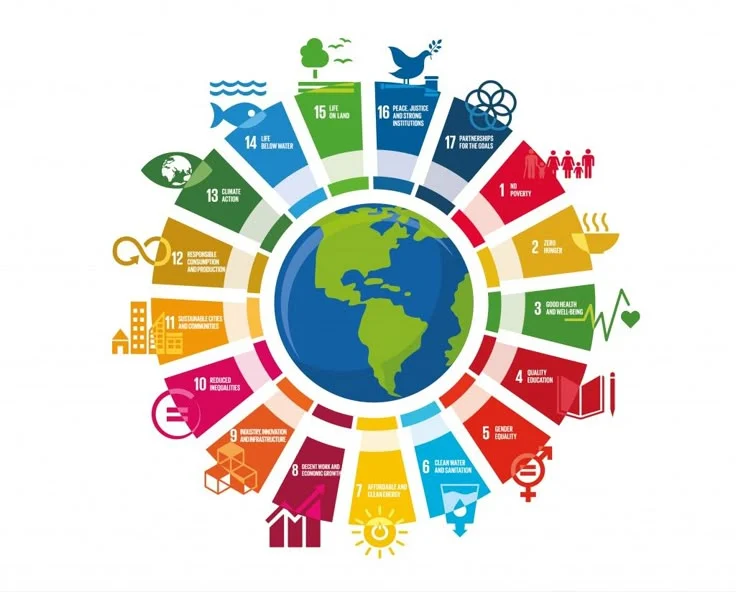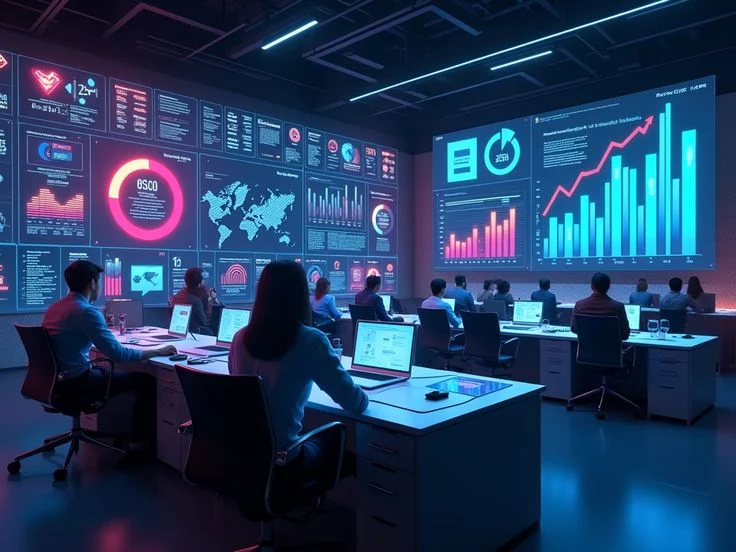If you’re serious about Monitoring and Evaluation (M&E), then it’s time to take SDG-aligned evaluation frameworks seriously. As we enter a new phase of social accountability, aligning your M&E systems with the Sustainable Development Goals (SDGs) is no longer just a nice-to-have, it’s a game-changer.
Whether you’re working in health, education, climate action, or gender equity, aligning your evaluation framework with the global SDG indicators ensures relevance, visibility, and donor credibility. And that’s exactly why SDG-aligned evaluation frameworks are trending globally in 2025.
What Are SDG-Aligned Evaluation Frameworks?

At their core, SDG-aligned evaluation frameworks are structured systems designed to measure project impact using the 17 Sustainable Development Goals as reference points. Rather than creating isolated M&E indicators, organizations now map their outcomes directly to global development priorities from poverty reduction (SDG 1) to quality education (SDG 4), gender equality (SDG 5), climate action (SDG 13), and more.
This approach:
- Strengthens your global development impact
- Enhances funder trust
- Promotes transparency and comparability
- Supports multi-sector collaboration
Why Are SDG Evaluation Frameworks So Important in 2025?
Here’s why this framework is stealing the spotlight:
- Global Relevance:
With the 2030 Agenda ticking fast, governments, NGOs, and development partners want evidence that projects are contributing to the SDGs. - Funding-Driven Compliance:
Many major donors now require alignment with SDG indicators to qualify for grants or continue funding. - Enhanced Policy Influence:
Evaluation data that maps to SDGs speaks the language of policymakers and global agencies, making your research more influential. - Data Integration and Dashboarding:
Tools like Power BI, KoboToolbox, and DHIS2 now become preloaded or customizable to reflect SDG metrics, making real-time reporting smoother than ever.
How to Build an SDG-Aligned M&E Framework
If you’re ready to ride the SDG wave, here are key steps to integrating this framework into your program evaluation:
- Map your project goals to SDGs and sub-indicators.
- Choose both global and local indicators to reflect context and relevance.
- Use SMART indicators that align with the targets outlined in the SDGs.
- Train your field team on SDG relevance and indicator tracking.
- Design dashboards to visualize SDG progress in real time.
Evaluate using mixed methods quantitative for numbers and qualitative for human impact.
Real-Life Use Case: From Output to Global Outcome
Imagine you’re running a girls’ education initiative in rural Africa. Instead of just measuring the number of girls enrolled (an output), your SDG-aligned evaluation framework will show how this improves SDG 4 (Quality Education) and contributes to SDG 5 (Gender Equality) with measurable outcomes like school completion rates, literacy improvement, and economic empowerment. That’s impact with global resonance.
Empowering Communities Through Inclusive and Tech-Driven M&E
Modern SDG-aligned evaluation frameworks aren’t built in isolation, they thrive on community engagement, digital tools, and local ownership. The growing shift towards inclusive and tech-enabled M&E means that women, youth, and marginalized voices are not just participants but active contributors in monitoring and evaluation processes.
Armed with smartphones, tablets, and digital platforms, these community groups are using real-time data tools to track progress, offer feedback, and align their local outcomes with global SDG targets. This participatory approach reflects a key principle of sustainable development: “Leave no one behind.”
By integrating local knowledge with global frameworks, these women are helping shape more accurate, context-rich evaluations while also ensuring that gender equity (SDG 5) and innovation (SDG 9) are not just goals but lived realities.

Tools Supporting SDG-Aligned Frameworks
- KoboToolbox SDG Forms
- UNDP Indicator Handbook
- SDG Tracker Dashboards
- OECD DAC Criteria Mapping Tool
- Power BI M&E Templates for SDGs
Why This Trend Matters
The future of Monitoring and Evaluation is not just locality’s globally integrated, digitally powered, and SDG-driven. In a world where development aid is scrutinized more than ever, the projects that thrive will be those with clear alignment to global goals and proven impact.
So, whether you’re a donor, implementing partner, NGO, or M&E consultant, make sure your evaluation framework speaks the language of SDGs. It’s more than a trend it’s the new standard.
Are you ready to align your M&E framework with the Sustainable Development Goals? Let us help you build systems that deliver real results and global impact.
Contact us today to explore our SDG-aligned M&E solutions and elevate your program outcomes!





